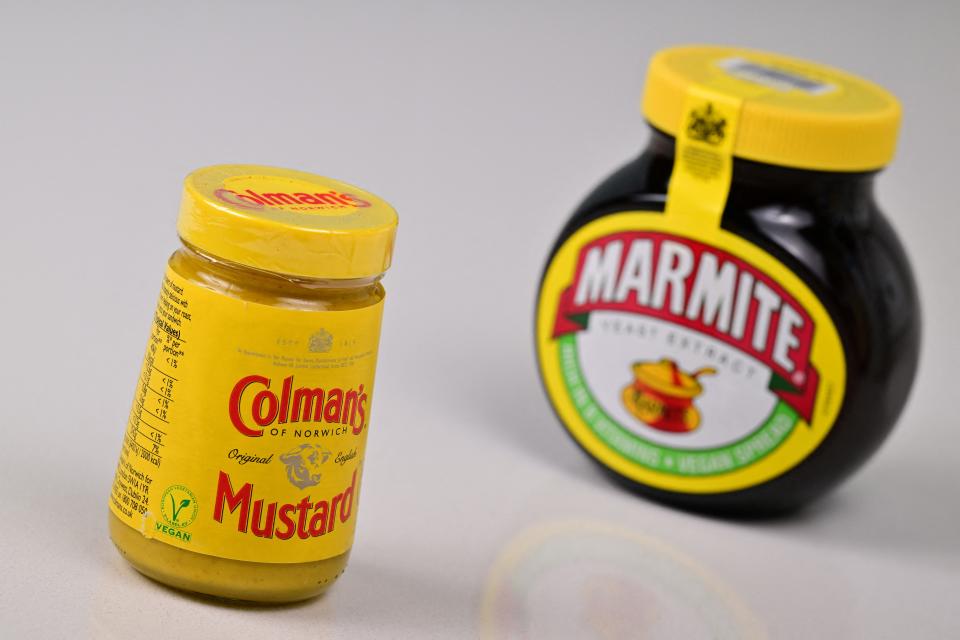As the autumn budget approaches there is growing concern about a mooted hike in capital gains tax (CGT). For investors looking to manage the impact on their portfolios, the use of multi-asset funds is an option.
There has been mounting speculation that chancellor Rachel Reeves will make changes to CGT, which is levied on profits made when selling assets, in her first budget on 30 October. One rumour is that she could decide to align CGT rates more closely with taxes on income.
Capital gains tax rates across assets including shares and second properties range between 10% and 28%. That’s much lower than the tax rates paid on income, which range from 20% to 45%.
“We can’t be completely certain how capital gains tax might be altered by the budget — or if we’ll see any change at all,” said Hal Cook, senior investment analyst at Hargreaves Lansdown. “However, we do know that if there are any tweaks, they’ll be designed to get investors to pay more of this tax.”
He said that some investors were already aware that they could make use of tax-efficient vehicles, such as individual savings accounts (ISAs) and self-invested personal pensions (SIPPs) to help shield their money from changes to CGT.
Read more: Top fund picks for self-invested pensions
Savers can use transactions like Bed and ISA, or Bed and Pension, to sell investments held in a taxable environment and then repurchase them within those tax-efficient investment wrappers.
This effectively shields those assets from a potential increase in CGT, providing they don’t breach the £3,000 tax-free allowance.
Recent research from Bestinvest found the number of Bed & ISA instructions given by investors on its platform to effectively start these transactions had risen by 25% since Labour secured its landslide victory in the UK general election on 5 July, compared to the same period last year.
Meanwhile, Hargreaves Lansdown told Yahoo Finance UK that the number of people maxing out their allowance with Hargreaves Lansdown is up 31% from the same period last year.
However, Cook said that multi-asset funds could also help, as investing the core of a portfolio in these funds “means investors will have to make fewer changes over time and less trading means fewer realised gains and losses, which makes it easier to manage CGT liabilities”.
“The managers of multi-asset funds actively move their asset allocation according to where they see the best value. This allows investors to benefit from their knowledge and insight, without having to make changes themselves,” he added.
Cook highlighted three multi-asset funds to get investors started.
Multi-asset funds to help with CGT
Cook said the managers Sebastian Lyon and Charlotte Younge “like to keep things simple”.
“Rather than trying to shoot the lights out, the fund aims to grow investors’ money steadily over the long run, while limiting losses when markets fall,” he said.
The fund invests in shares, bonds and gold, with stocks in the portfolio including consumer goods firm Unilever (ULVR.L), tech company Microsoft (MSFT) and card operator Visa (V).
The top holdings as of the end of August were the Invesco Physical Gold and iShares Physical Gold exchange-traded commodities.
The managers said that the fund’s 12% allocation to gold (GC=F) had contributed to around 2% of the fund’s performance year-to-date. The gold price hit fresh highs last week amid rising geopolitical tensions and economic concerns.
Read more: The top stock sectors to watch for the rest of 2024
The funds has returned 7.7% over one-year, which is higher than the UK retail price index measure of inflation, at 3%. Over the last decade, it has generated a return of nearly 68%.
“We think the fund could form the foundation of a broad investment portfolio, bring some stability to a more adventurous portfolio, or provide some long-term growth potential to a more conservative portfolio,” said Cook.
Baillie Gifford Sustainable Income (0P0001EN7E.L)
Baillie Gifford Sustainable Income has a “neutral” asset allocation, with around a third of the portfolio invested in shares, a third in infrastructure and property, as well as another third in bonds.
Investments in infrastructure and property are typically done through investment companies. For example, the top holding in the fund as of the end of August was Greencoat UK Wind (UKW.L), which is an investment company that backs operating wind farms.
Other top holdings in the fund include Microsoft and chipmaker TSMC (2330.TW).
Read more: UK GDP grows less than first thought over spring
The fund has delivered a return of 9.5% over one-year, which is below the sector average of 12.5%, but it has an income of 3.9%.
“We think the fund could provide a foundation to a broader investment portfolio,” said Cook. “It could also provide diversification to a portfolio focused on growth or provide some growth potential to a more conservative portfolio.”
BNY Mellon Multi-Asset Balanced (0P0000X8S2.L)
This fund is managed by Simon Nichols, who “has over 25 years’ experience in the investment industry”.
“The typical asset allocation for this fund is around 75% in shares, 20% in bonds and 5% in cash,” Cook said.
“The amount invested in shares, alongside the focus on capital growth rather than income, means that this fund tends to be more volatile than other multi-asset funds that are invested with a defensive mindset.”
This fund also invests in Microsoft as a top holding, along with oil major Shell (SHEL.L) and biopharmaceuticals firm AstraZeneca (AZN.L).
According to data provided by Hargreaves Lansdown, the fund has generated a return of 13.6% in the year to the end of September, which is just about in line with the 13.9% average return from the Investment Association Mixed Investment 40-85% Shares sector.
Download the Yahoo Finance app, available for Apple and Android.





